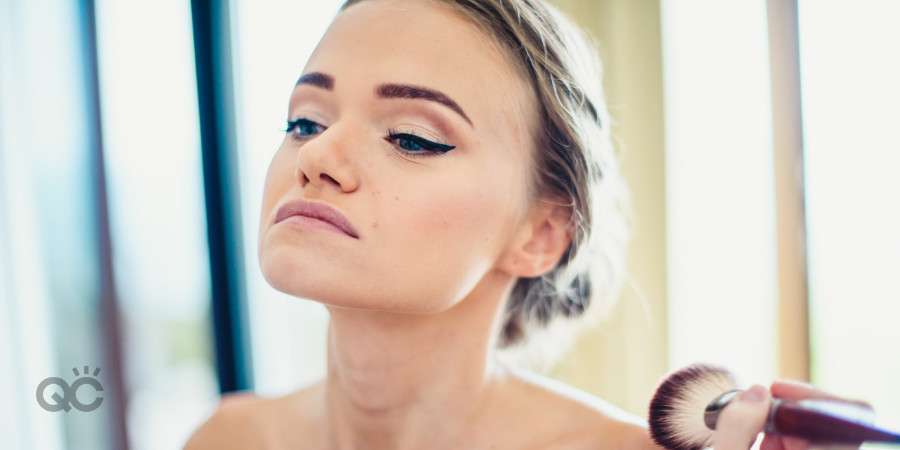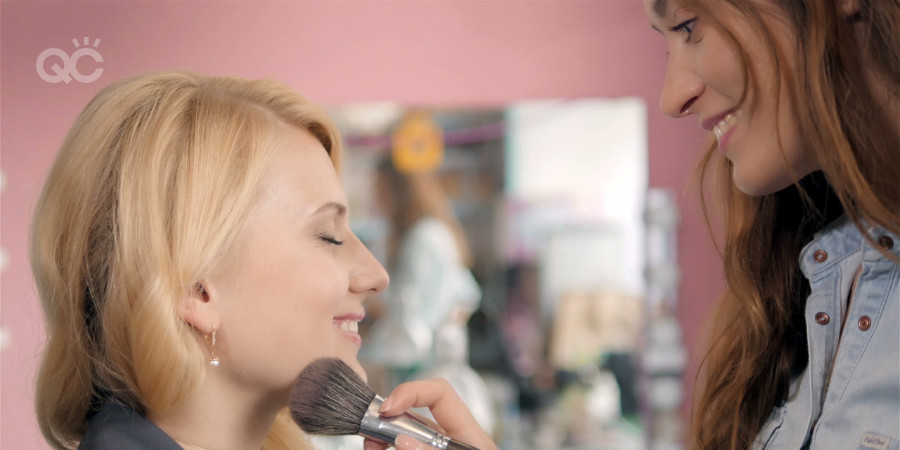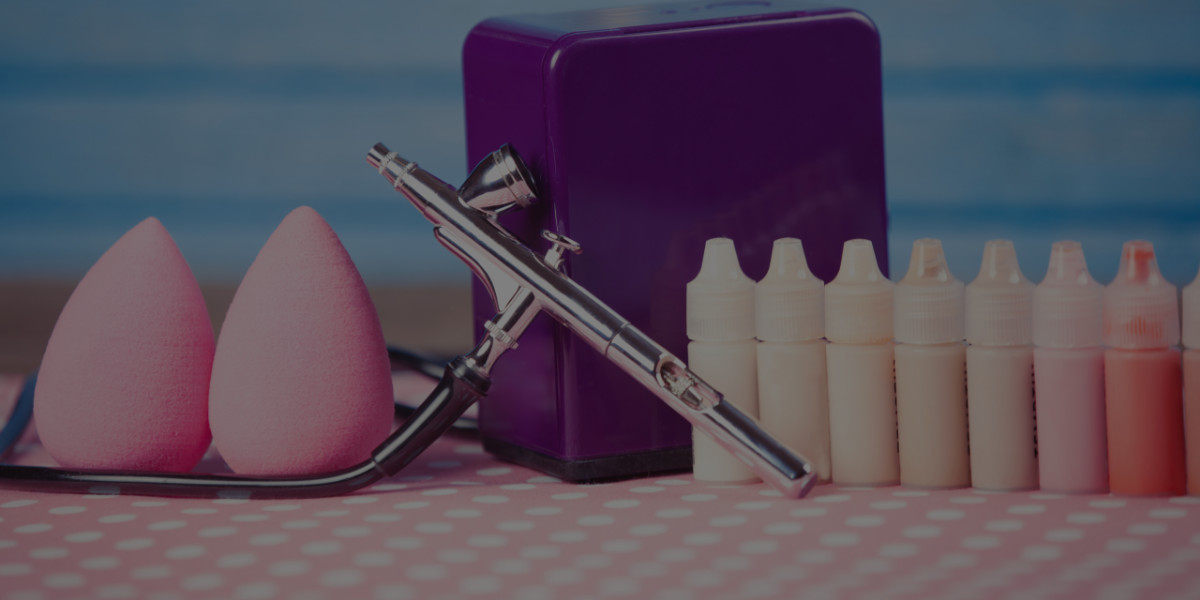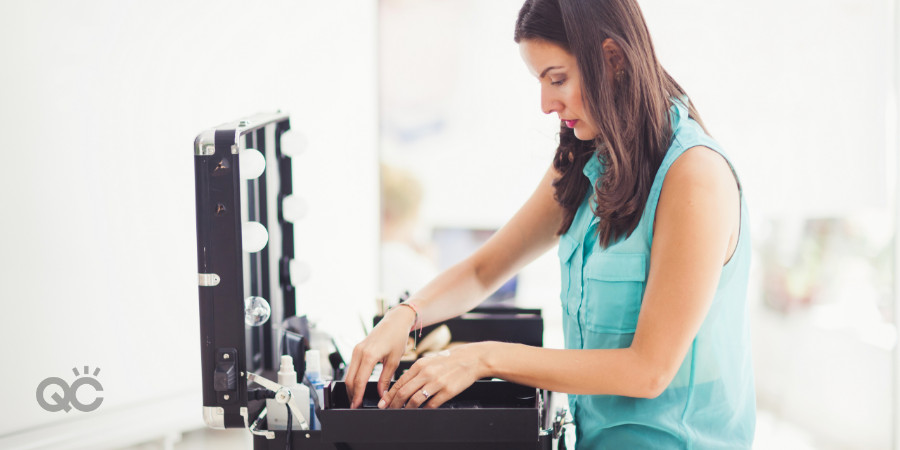A makeup artist must be creative and skillful, of course, but do you know how important it is to be business-savvy in this role?
Makeup artists certainly have one of the most rewarding careers—once you’re hired, clients place a special kind of trust in your expertise. A makeup artist has the advantage of getting quick feedback from clients, as well as the ability to build rapport with individuals they work with regularly. However, this role also requires strong business skills—specifically budgeting, researching, marketing, and a wealth of up-to-date knowledge of your field.
How do you budget for business expenses such as insurance and the items in your makeup kit? What will your earnings look like? How will you make a profit? Don’t worry—we’ve got your answers!
 Insurance can range from $70 to $100 annually for makeup artists, and you can find out more about specific types of insurance specific types of makeup business insurance here.
The bottom line? You want your clients to be happy while also protecting yourself and your materials, so we recommend finding out what insurance option is best for you.
Insurance can range from $70 to $100 annually for makeup artists, and you can find out more about specific types of insurance specific types of makeup business insurance here.
The bottom line? You want your clients to be happy while also protecting yourself and your materials, so we recommend finding out what insurance option is best for you.
 Knowing how much to charge clients is essential for makeup artists. Educate yourself on the average rate in your field, and know exactly how much you are being paid and what exactly you’re being paid for. Payscale is a great resource to give you an idea of average compensation for the area you live in.
As a makeup artist, you might charge $100 for a half-hour makeover in a client’s home, but not all of that money goes right back to you. Factor in the gas you used in order to drive to their home, as well as the makeup needed in order to complete the makeover, and other business expenses like insurance and graphic design. That $100 won’t go as far as you think!
Time to crunch some numbers. Find out how much money you’re spending each month on overhead:
Knowing how much to charge clients is essential for makeup artists. Educate yourself on the average rate in your field, and know exactly how much you are being paid and what exactly you’re being paid for. Payscale is a great resource to give you an idea of average compensation for the area you live in.
As a makeup artist, you might charge $100 for a half-hour makeover in a client’s home, but not all of that money goes right back to you. Factor in the gas you used in order to drive to their home, as well as the makeup needed in order to complete the makeover, and other business expenses like insurance and graphic design. That $100 won’t go as far as you think!
Time to crunch some numbers. Find out how much money you’re spending each month on overhead:
Business Expenses
As a makeup artist, business expenses will make up the bulk of your budget, and include the following:Your Makeup Kit
One of the largest expenses you’ll face as a makeup artist is the creation of your makeup kit. Your kit requires a great deal of research, careful selection, and care. It must contain- High-quality brushes
- Foundations, concealers, and color correctors
- Various palettes and products for eyes, brows, lips, and cheeks
- Eyeliners and mascaras
- False lashes and lash glue
- Setting powder
- Spoolies
- Cotton swabs
- Makeup remover pads
Insurance
It is your responsibility to determine whether or not you need insurance as a makeup artist. Some factors to keep in mind include where you live, who you work for, and whether you feel secure in your career without it. As skilled and experienced as you are, things can always go wrong and leave you in a bad situation if you’re not prepared. What does a makeup artist need insurance for? Well, picture this: while doing bridal makeup for a client, she suddenly has an unexpected skin reaction. If you don’t have insurance, you’re on the hook for any bills that come your way as a result. Insurance can also protect your makeup kit which you’ve invested a great deal of time and money into. Insurance can range from $70 to $100 annually for makeup artists, and you can find out more about specific types of insurance specific types of makeup business insurance here.
The bottom line? You want your clients to be happy while also protecting yourself and your materials, so we recommend finding out what insurance option is best for you.
Insurance can range from $70 to $100 annually for makeup artists, and you can find out more about specific types of insurance specific types of makeup business insurance here.
The bottom line? You want your clients to be happy while also protecting yourself and your materials, so we recommend finding out what insurance option is best for you.
Marketing
You only get one chance to make a great first impression. If you’re a freelance makeup artist, that first impression will be made on your website! A graphic designer is an excellent resource— have them design a unique logo for your business, and help you create an enticing, professional website on which to showcase your portfolio, photos, and list your services. Yes, a graphic designer is an expense, but a necessary one and a bit of research into designers in your area will give you some insight into pricing. On average, a graphic designer can charge $75-$150 per hour. Budgeting for a graphic designer and website fees is necessary and worth the investment for your business.Assistants
The more clients you have, the busier you’ll be! As your business grows, you’ll probably need help in the form of a part-time assistant. Your assistant serves as an extra set of hands. They can dash out and grab extra supplies, and can anticipate your needs. Do some research to determine the average pay rate for a makeup assistant in your area and budget accordingly.Service Pricing
 Knowing how much to charge clients is essential for makeup artists. Educate yourself on the average rate in your field, and know exactly how much you are being paid and what exactly you’re being paid for. Payscale is a great resource to give you an idea of average compensation for the area you live in.
As a makeup artist, you might charge $100 for a half-hour makeover in a client’s home, but not all of that money goes right back to you. Factor in the gas you used in order to drive to their home, as well as the makeup needed in order to complete the makeover, and other business expenses like insurance and graphic design. That $100 won’t go as far as you think!
Time to crunch some numbers. Find out how much money you’re spending each month on overhead:
Knowing how much to charge clients is essential for makeup artists. Educate yourself on the average rate in your field, and know exactly how much you are being paid and what exactly you’re being paid for. Payscale is a great resource to give you an idea of average compensation for the area you live in.
As a makeup artist, you might charge $100 for a half-hour makeover in a client’s home, but not all of that money goes right back to you. Factor in the gas you used in order to drive to their home, as well as the makeup needed in order to complete the makeover, and other business expenses like insurance and graphic design. That $100 won’t go as far as you think!
Time to crunch some numbers. Find out how much money you’re spending each month on overhead:
- Makeup supplies
- Transportation costs
- Insurance (if you pay an annual fee, work out the fee per month)
- Salaries for assistants
- Other business expenses (e.g. graphic design)

